Details of the Target
General Information of Target
| Target ID | LDTP01091 | |||||
|---|---|---|---|---|---|---|
| Target Name | Nucleolar protein 3 (NOL3) | |||||
| Gene Name | NOL3 | |||||
| Gene ID | 8996 | |||||
| Synonyms |
ARC; NOP; Nucleolar protein 3; Apoptosis repressor with CARD; Muscle-enriched cytoplasmic protein; Myp; Nucleolar protein of 30 kDa; Nop30 |
|||||
| 3D Structure | ||||||
| Sequence |
MGNAQERPSETIDRERKRLVETLQADSGLLLDALLARGVLTGPEYEALDALPDAERRVRR
LLLLVQGKGEAACQELLRCAQRTAGAPDPAWDWQHVGPGYRDRSYDPPCPGHWTPEAPGS GTTCPGLPRASDPDEAGGPEGSEAVQSGTPEEPEPELEAEASKEAEPEPEPEPELEPEAE AEPEPELEPEPDPEPEPDFEERDESEDS |
|||||
| Target Bioclass |
Other
|
|||||
| Subcellular location |
Cytoplasm; Nucleus, nucleolus
|
|||||
| Function |
[Isoform 1]: May be involved in RNA splicing.; [Isoform 2]: Functions as an apoptosis repressor that blocks multiple modes of cell death. Inhibits extrinsic apoptotic pathways through two different ways. Firstly by interacting with FAS and FADD upon FAS activation blocking death-inducing signaling complex (DISC) assembly. Secondly by interacting with CASP8 in a mitochondria localization- and phosphorylation-dependent manner, limiting the amount of soluble CASP8 available for DISC-mediated activation. Inhibits intrinsic apoptotic pathway in response to a wide range of stresses, through its interaction with BAX resulting in BAX inactivation, preventing mitochondrial dysfunction and release of pro-apoptotic factors. Inhibits calcium-mediated cell death by functioning as a cytosolic calcium buffer, dissociating its interaction with CASP8 and maintaining calcium homeostasis. Negatively regulates oxidative stress-induced apoptosis by phosphorylation-dependent suppression of the mitochondria-mediated intrinsic pathway, by blocking CASP2 activation and BAX translocation. Negatively regulates hypoxia-induced apoptosis in part by inhibiting the release of cytochrome c from mitochondria in a caspase-independent manner. Also inhibits TNF-induced necrosis by preventing TNF-signaling pathway through TNFRSF1A interaction abrogating the recruitment of RIPK1 to complex I. Finally through its role as apoptosis repressor, promotes vascular remodeling through inhibition of apoptosis and stimulation of proliferation, in response to hypoxia. Inhibits too myoblast differentiation through caspase inhibition.
|
|||||
| Uniprot ID | ||||||
| Ensemble ID | ||||||
| HGNC ID | ||||||
Probe(s) Labeling This Target
ABPP Probe
| Probe name | Structure | Binding Site(Ratio) | Interaction ID | Ref | |
|---|---|---|---|---|---|
|
AZ-9 Probe Info |
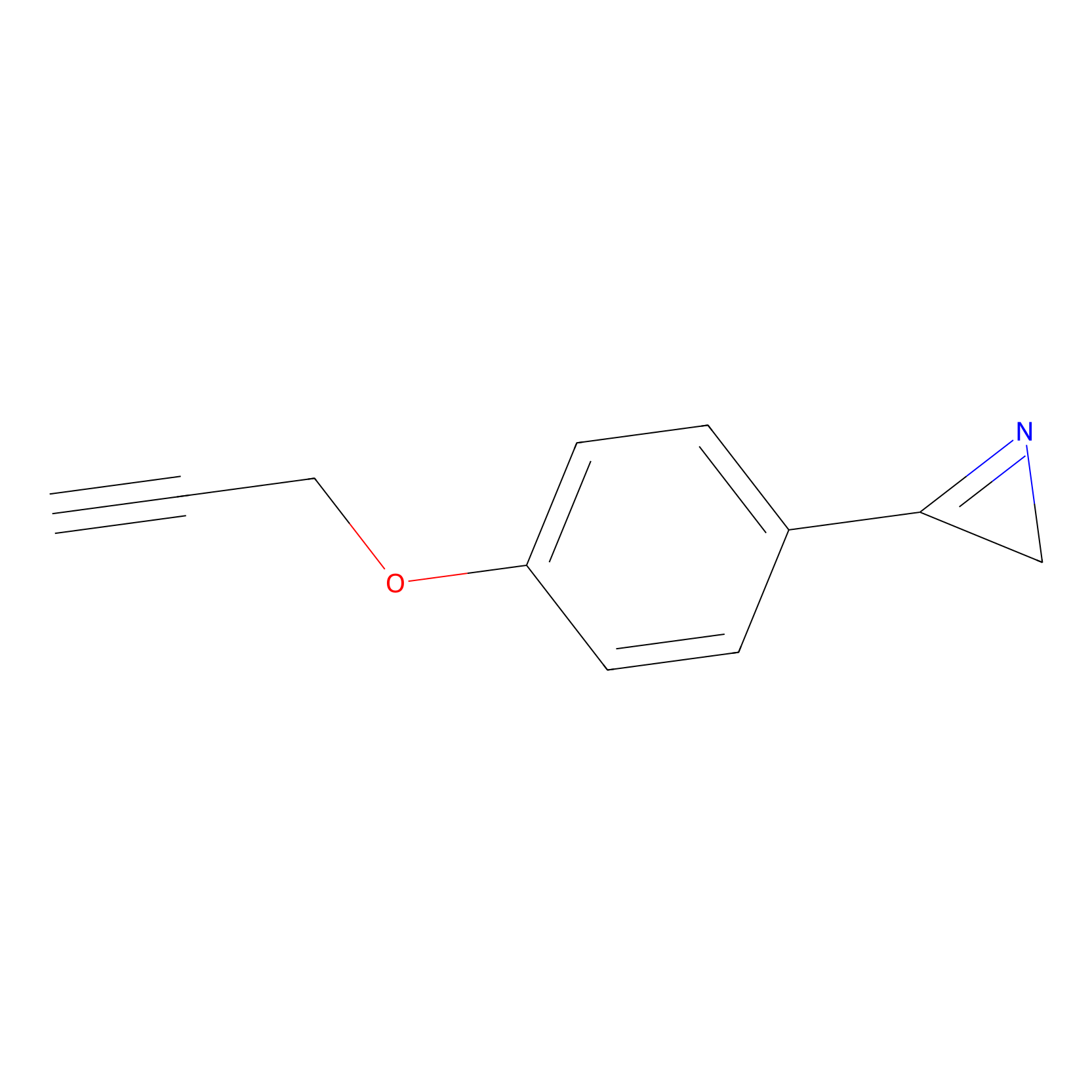 |
D88(10.00) | LDD2209 | [1] | |
|
DBIA Probe Info |
 |
C73(0.96) | LDD3328 | [2] | |
|
BTD Probe Info |
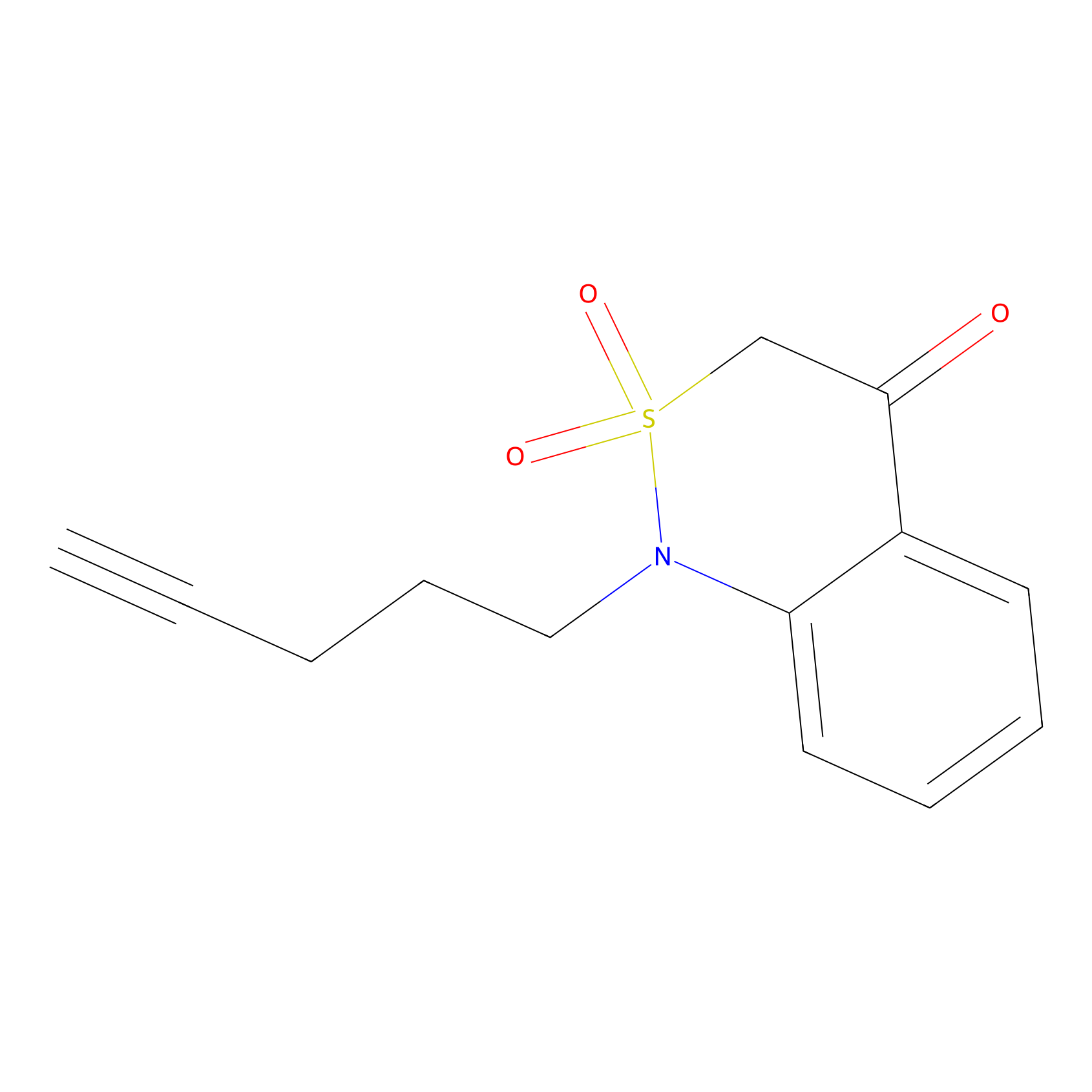 |
C73(1.15) | LDD2099 | [3] | |
|
AHL-Pu-1 Probe Info |
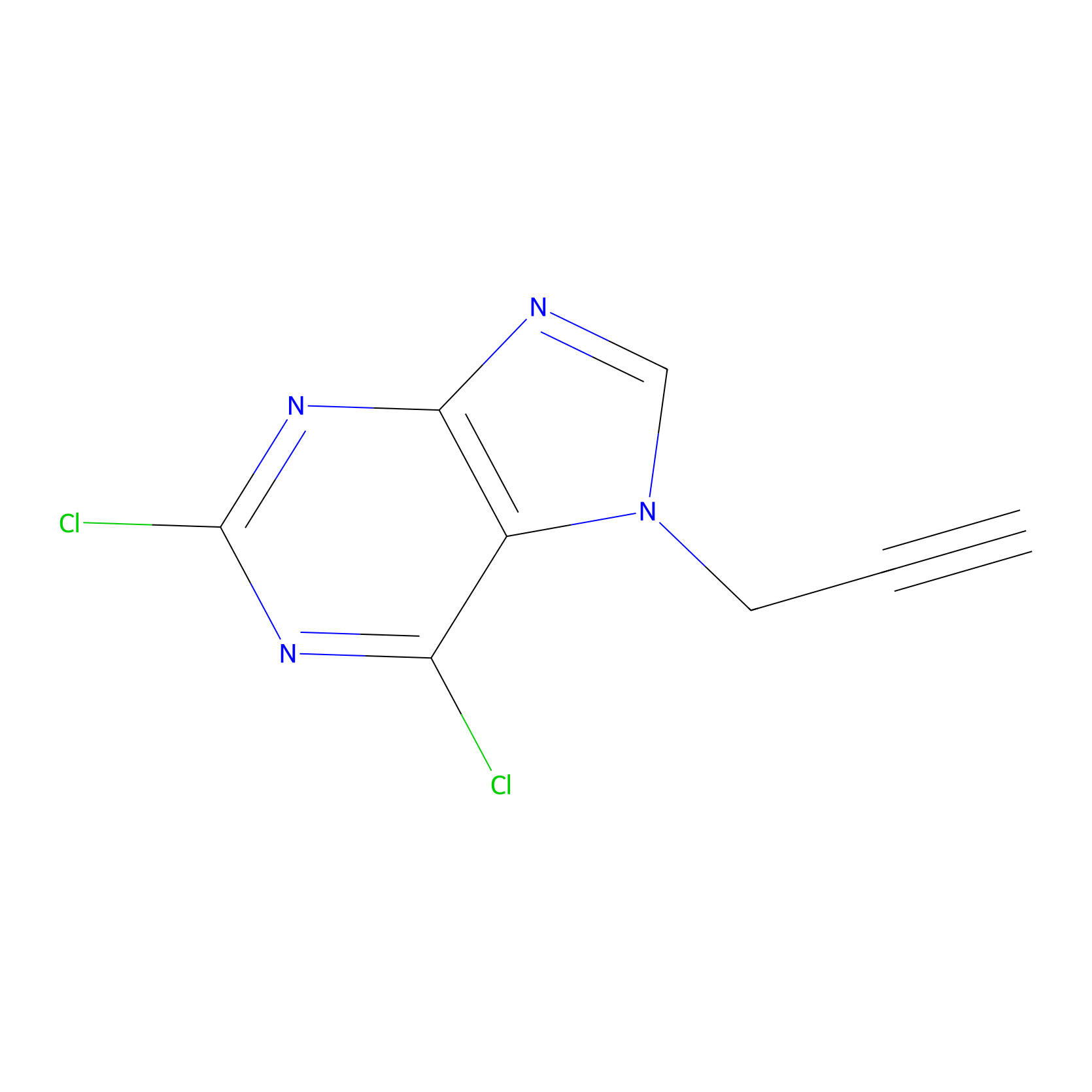 |
C109(2.18) | LDD0170 | [4] | |
|
Acrolein Probe Info |
 |
C73(0.00); C124(0.00) | LDD0222 | [5] | |
|
5E-2FA Probe Info |
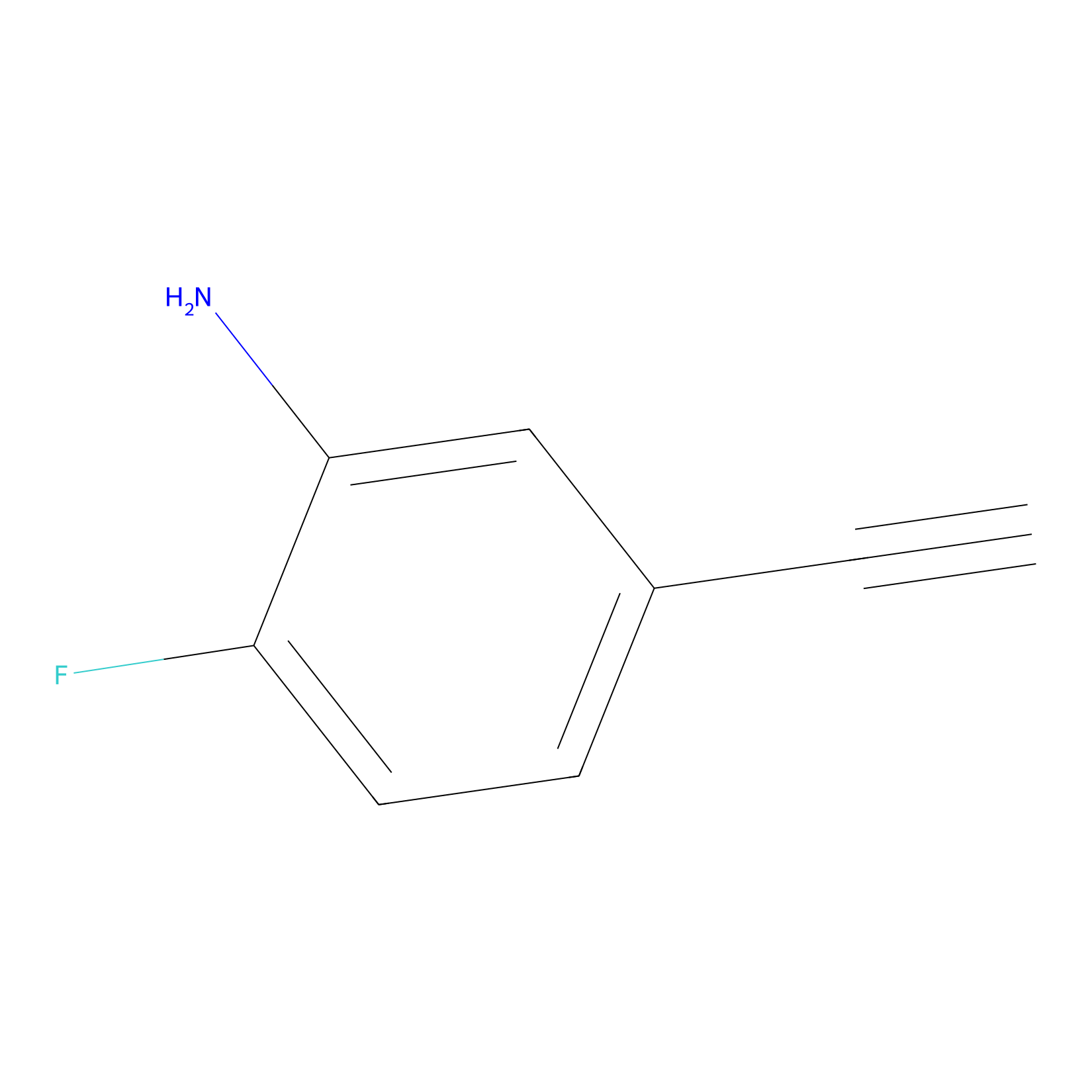 |
H112(0.00); H95(0.00) | LDD2235 | [6] | |
|
m-APA Probe Info |
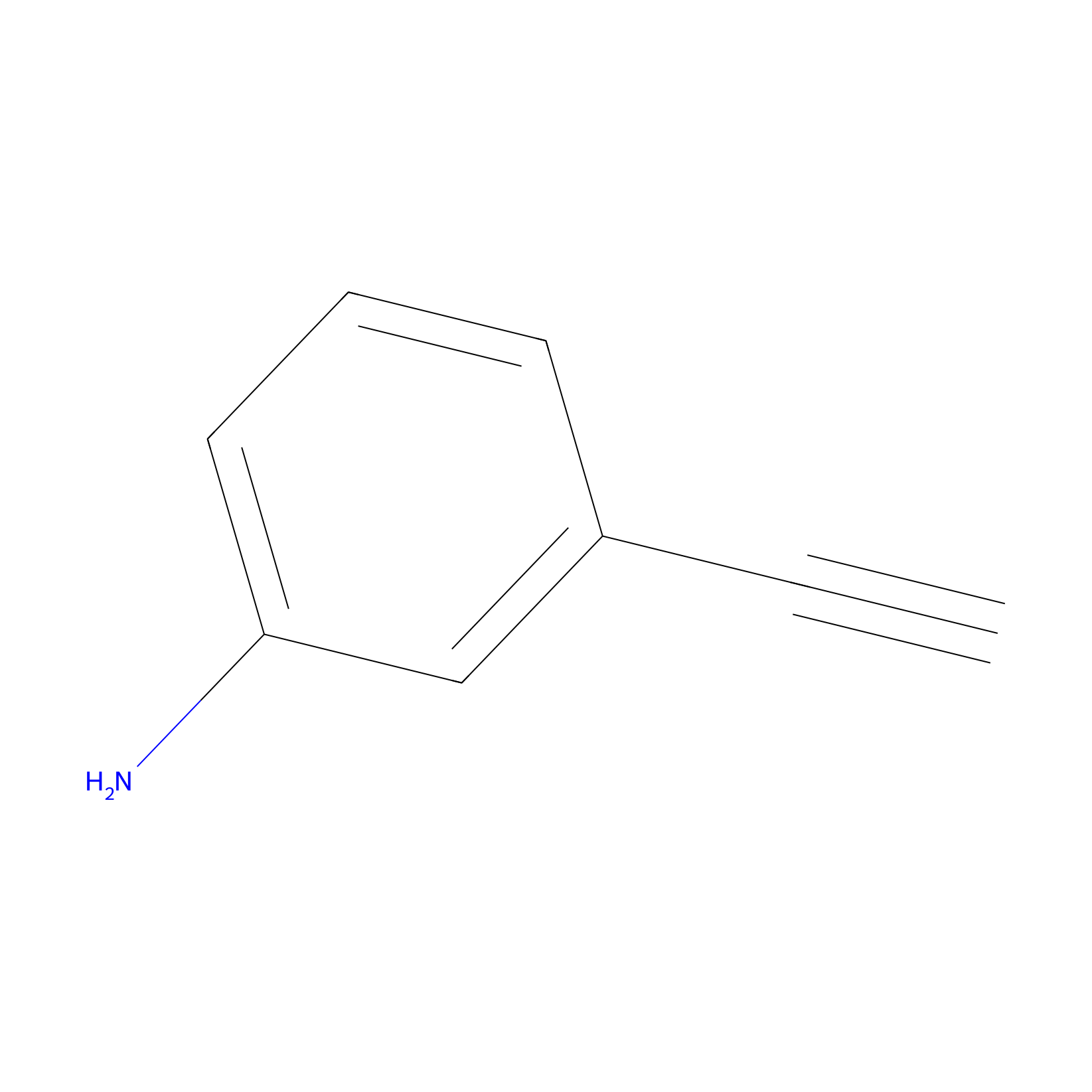 |
H112(0.00); H95(0.00) | LDD2231 | [6] | |
|
IA-alkyne Probe Info |
 |
N.A. | LDD0162 | [7] | |
|
IPM Probe Info |
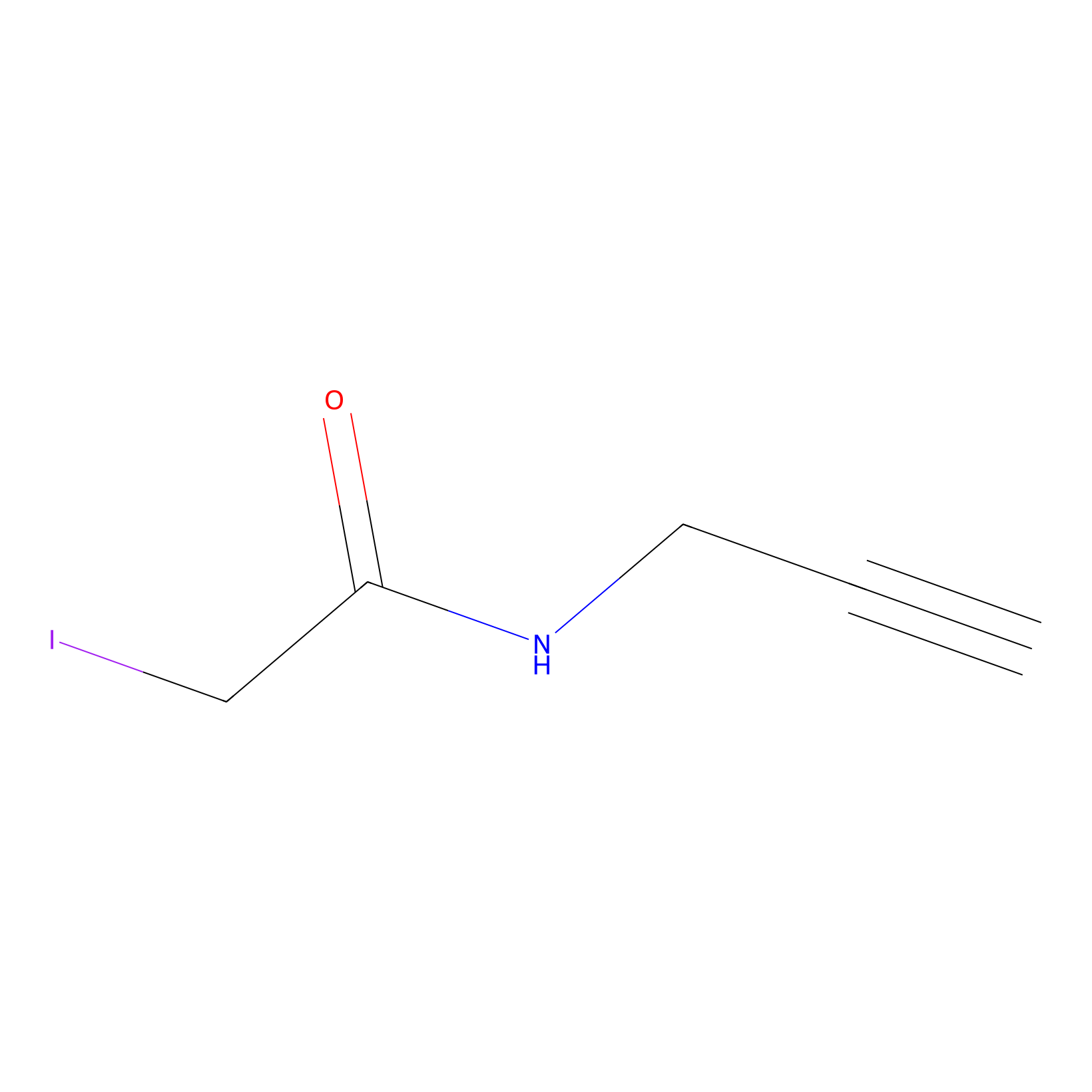 |
C109(0.00); C124(0.00) | LDD0025 | [8] | |
|
NAIA_5 Probe Info |
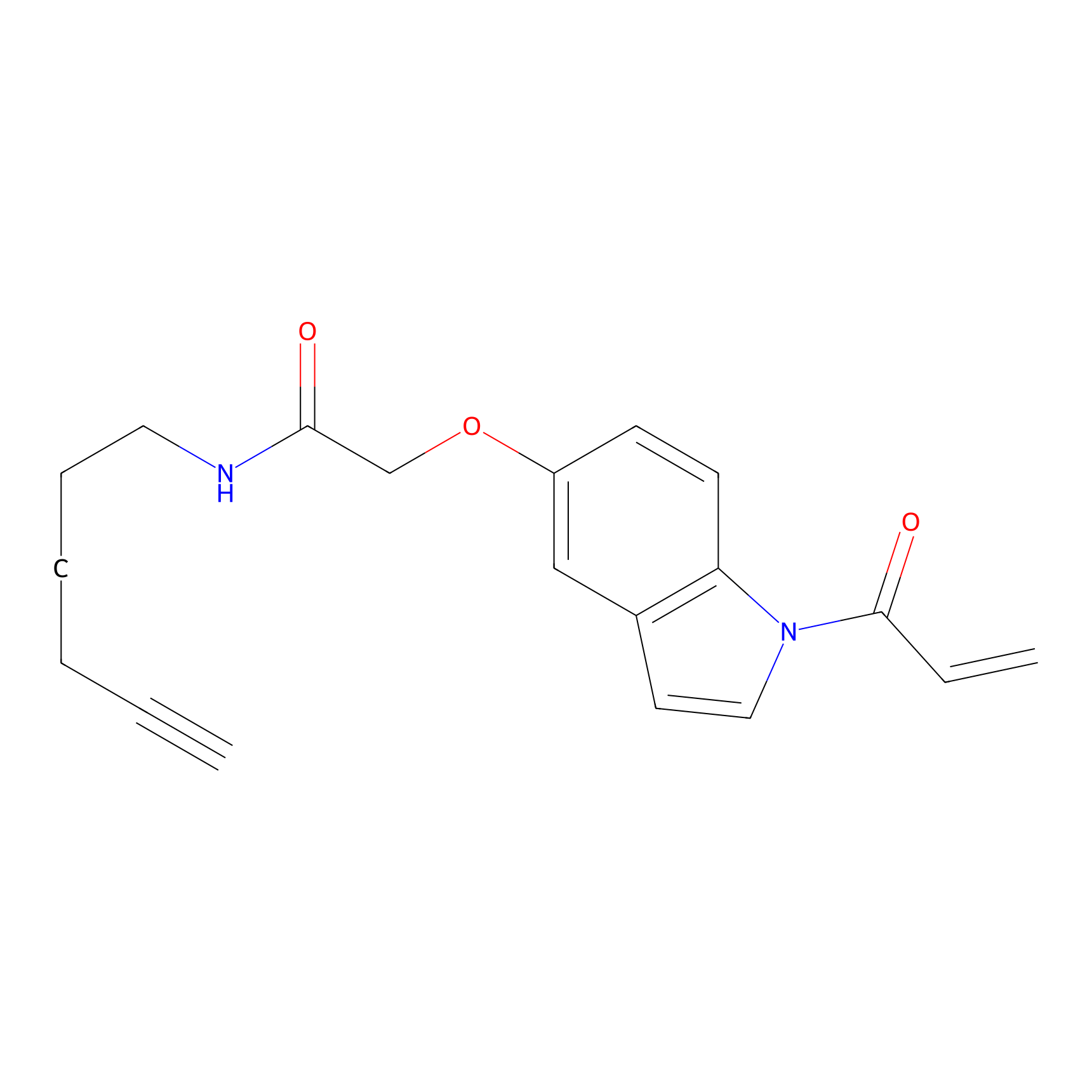 |
N.A. | LDD2225 | [9] | |
|
TFBX Probe Info |
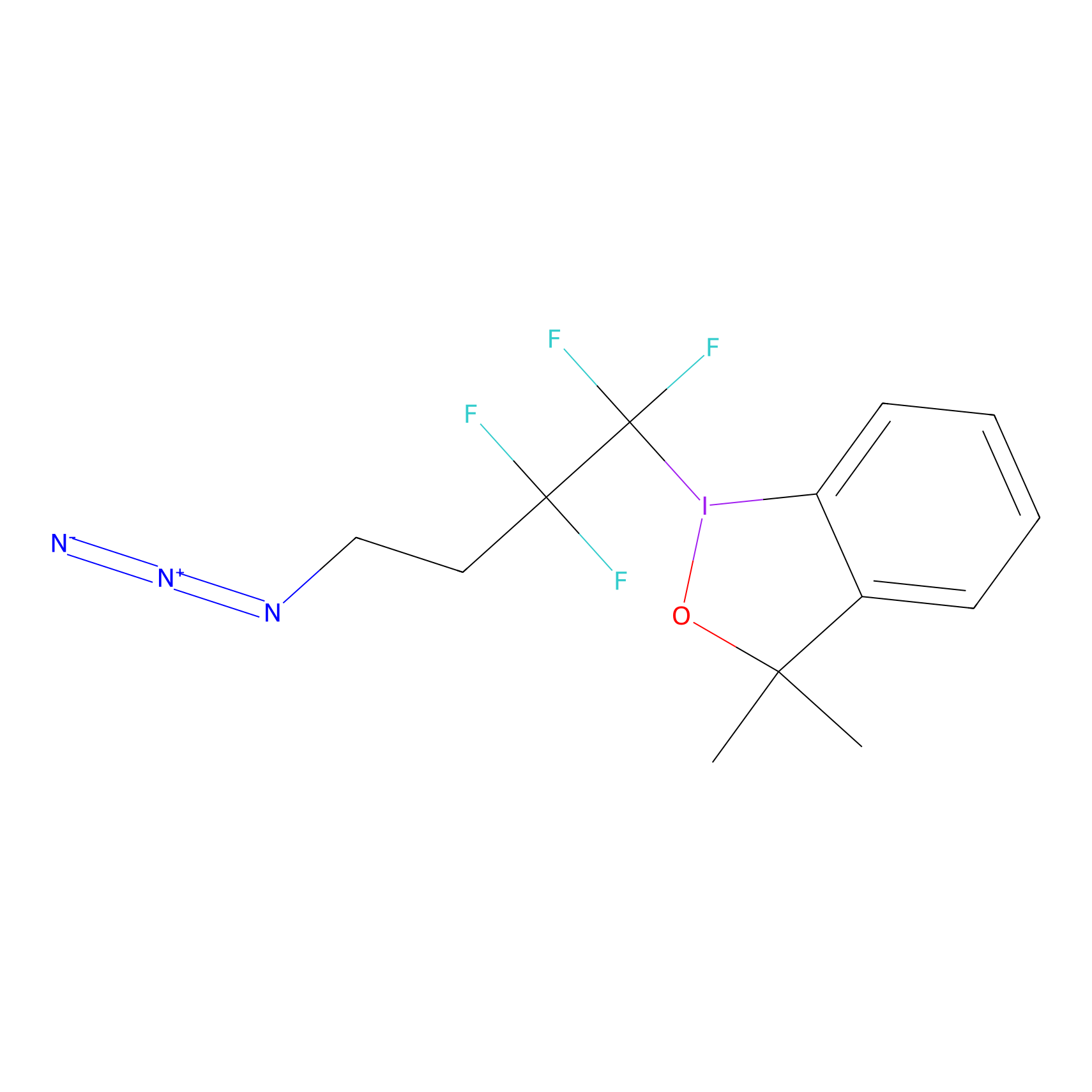 |
N.A. | LDD0027 | [8] | |
|
Methacrolein Probe Info |
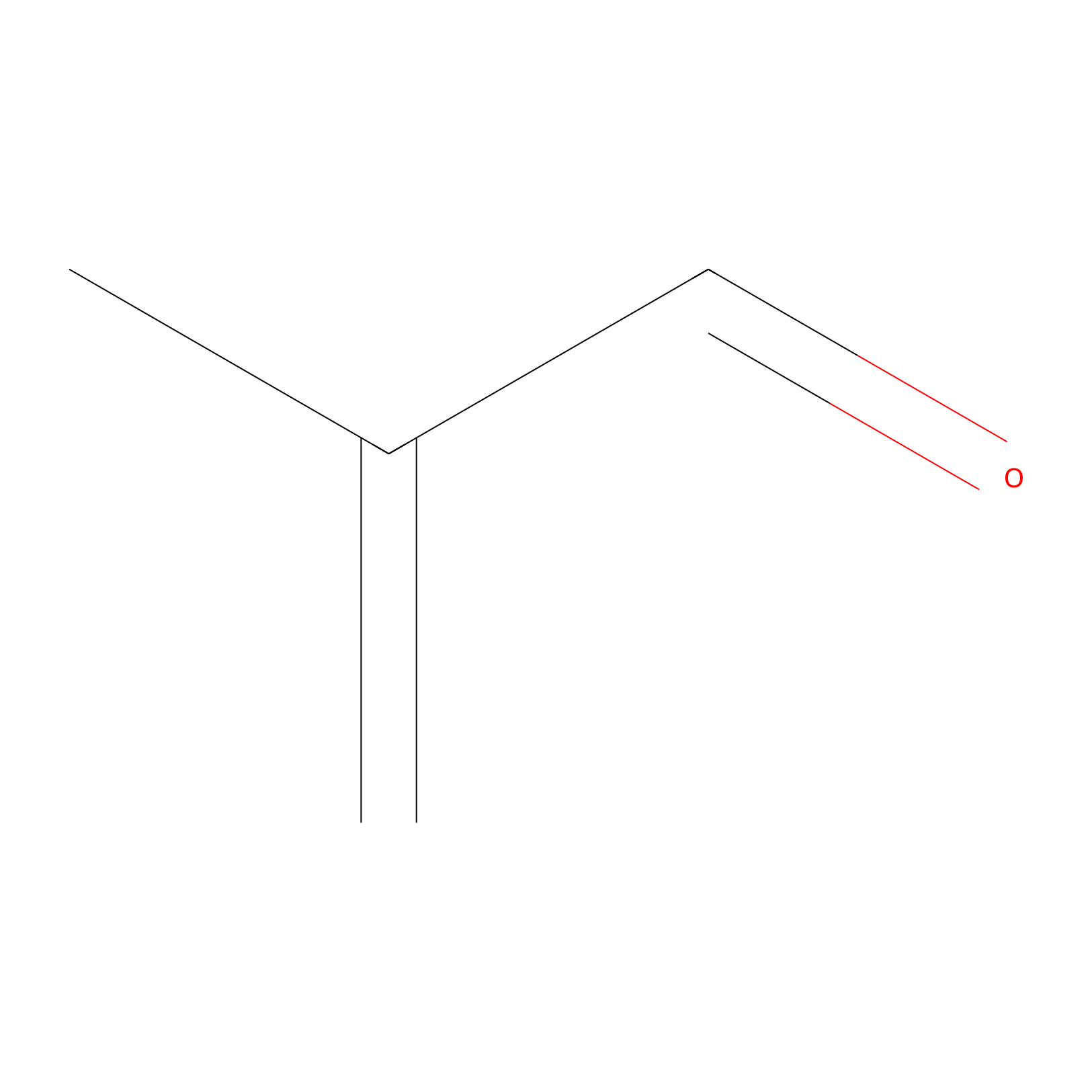 |
N.A. | LDD0218 | [5] | |
Competitor(s) Related to This Target
| Competitor ID | Name | Cell line | Binding Site(Ratio) | Interaction ID | Ref |
|---|---|---|---|---|---|
| LDCM0025 | 4SU-RNA | DM93 | C109(2.18) | LDD0170 | [4] |
| LDCM0108 | Chloroacetamide | HeLa | C73(0.00); C124(0.00) | LDD0222 | [5] |
| LDCM0022 | KB02 | 42-MG-BA | C73(1.27) | LDD2244 | [2] |
| LDCM0023 | KB03 | 8505C | C73(1.08) | LDD2666 | [2] |
| LDCM0024 | KB05 | WM266-4 | C73(0.96) | LDD3328 | [2] |
| LDCM0506 | Nucleophilic fragment 16a | MDA-MB-231 | C73(1.15) | LDD2099 | [3] |
The Interaction Atlas With This Target
The Protein(s) Related To This Target
Enzyme
| Protein name | Family | Uniprot ID | |||
|---|---|---|---|---|---|
| Caspase-8 (CASP8) | Peptidase C14A family | Q14790 | |||
Transporter and channel
| Protein name | Family | Uniprot ID | |||
|---|---|---|---|---|---|
| Cellular tumor antigen p53 (TP53) | P53 family | P04637 | |||
Other
References
